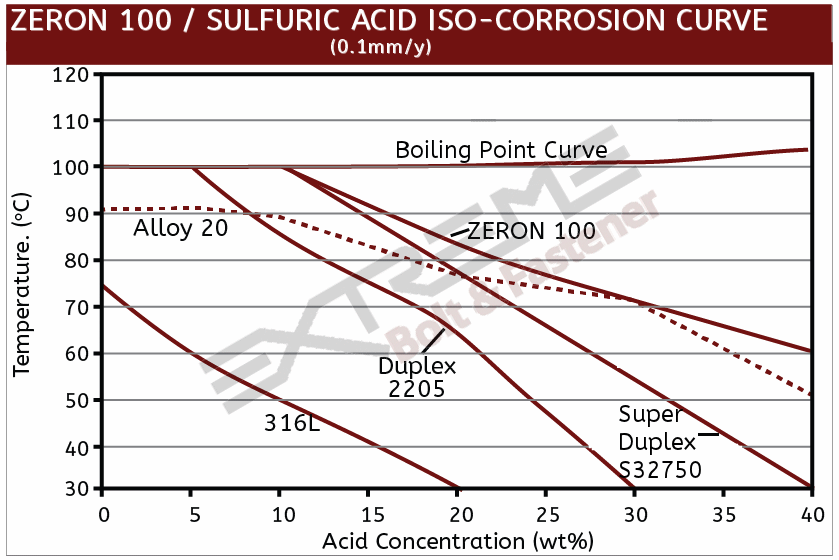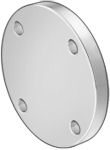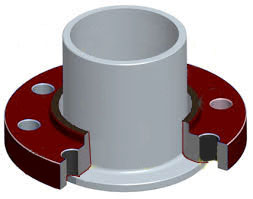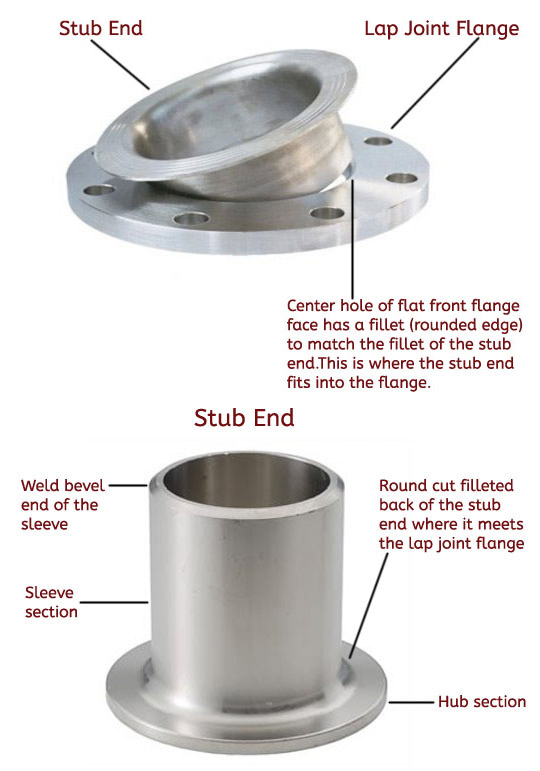Duplex & Super Duplex Lock Nuts
An engineered stainless steel known for its high yield strength & decent corrosion resistance
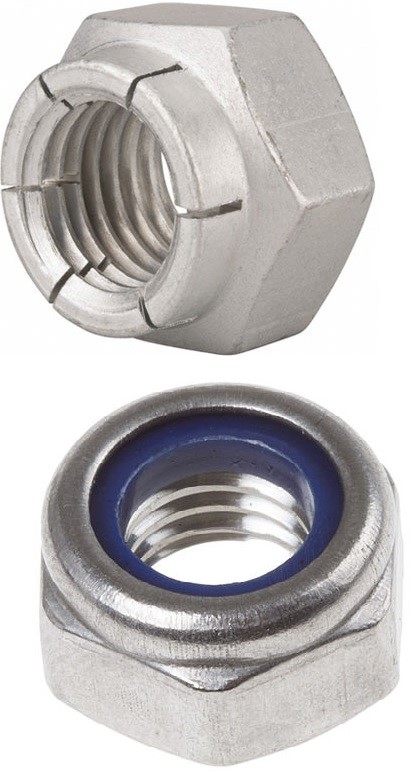
- High Strength - About 2x stronger yield than 316 stainless steel
- Super Duplex - Decent general corrosion & cracking resistance
- Duplex Grades: Duplex 2205, Super Duplex 2507, Zeron 100
- Duplex lock nut features and benefits
- Datasheets for Super Duplex 2507 and Duplex 2205
Duplex 2205 and Super Duplex 2507 stainless steel lock nuts are characterized by their high yield strength, which is twice that of the annealed yield strength of typical austenitic stainless steels, like 304 and 316 stainless steel nuts. Because of this, Duplex 2205 and Super Duplex 2507 steel are some of the most common grades of duplex used for nuts with Super Duplex 2507 nuts being the more corrosion resistant grade of the two.
Super Duplex 2507 lock nuts improved corrosion resistance lends itself well too applications prone to stress-corrosion cracking, crevice corrosion, pitting, erosion and general corrosion. Because of the properties of Duplex and Super Duplex stainless steel lock nuts are often used in chemical processing, petrochemicals, power industry and seawater equipment.
Usage of both Duplex and Super Duplex stainless steel should be limited to temperatures below 570° F as extended elevated temperature exposure can embrittle this material.
The most common grades of Duplex lock nuts are Duplex 2205 and Super Duplex 2507. Gain more insight on these two grades by accessing our Duplex 2205 and Super Duplex 2507 overviews or by contacting our engineering experts.
Resources: Duplex & Super Duplex Torque Specs
Duplex and Super Duplex Locknut Features and Beneifts
A Duplex locknut resists loosening from vibrations and torque. One of the most common styles is a prevailing torque locknut. This kind of Duplex locknut has a prevailing torque feature which deforms elastically, preventing it from freely spinning like a standard nut.
The two most common and reliable forms of prevailing torque locknuts are the flexloc style and the polymer insert lock nut. A Duplex flexloc nut is all-metal in composition with a segmented collar that creates six “locking fingers,” that act as a spring. Duplex polymer insert lock nuts are often referred to as nylon insert locknuts, although various high performance polymers can be used for the screw threads to “bite into.” Both flexlock and polymer insert locknuts are available in both hexagonal and 12 point configurations.
All Metal Flexloc Lock Nut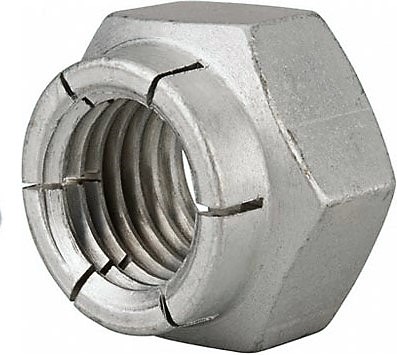 | 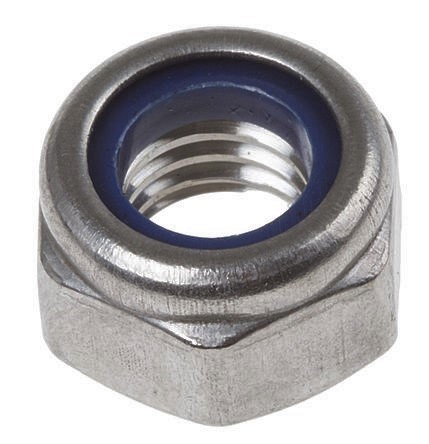 Polymer/Nylon Insert Lock Nut Polymer/Nylon Insert Lock Nut |
|
|
Other all metal lock nuts available include the Duplex stover and elliptical styles. Though these styles are often a cheaper initial cost, they are less reliable than the flexloc style. As these styles delivering less prevailing torque cycles and often result in more failures, the flexloc style is a better investment for both reliability and cost savings.
Duplex Nut Grades, Chemistry & Specifications
Duplex Alloy 2205
Duplex 2205, UNS S32205, is a stainless steel material, whose “Duplex” name is derived from the mixed microstructure which contains roughly equal portions of ferrite and austenite. This grade is the most popular variety and this two-phase material is a significant upgrade from 316 stainless steel in terms of both yield strength and corrosion resistance.
Duplex 2205 Specifications: ASME SA 182, ASME SA 240, ASME SA 479, ASME SA 789, ASME SA 789 Section IV Code Case 2603, ASTM A 240, ASTM A 276 Condition A, ASTM A 276 Condition S, ASTM A 479, ASTM A 790, NACE MR0175/ISO 15156, NORSOK MDS D45 Grade F51, UNS S31803, UNS S32205, W. NR./EN 1.4462, Werkstoff 1.4462 Duplex

Super Duplex Alloy 2507
Super Duplex 2507, UNS S32750, is a two-phase stainless steel and is particularly well suited for use in environments such as warm chlorinated seawater and acidic, chloride containing media. It has similiar properties to Duplex 2205 but is more corrosion resistant and performs well in moderately corrosive environments.
Super Duplex 2507 Specifications: EN 10216-5, ASTM A789; A790, ASTM A182 ASTM A182, ASTM A815, ASTM A240, EN 10088-2, ASTM A479, EN 10088-3 EN 10088, ISO 15156-3, NACE MR0175, Werkstoff 1.4410 S.Duplex

Zeron 100 / F55:
Zeron 100, UNS 32760, is commonly know as F55, which is a slight varient of Super Duplex 2507. This alloy is well suited or seawater applications.
Zeron 100/F55 Specifications: ASTM A 182, ASTM A 182 (Grade F55), ASTM A 240, ASTM A 276, ASTM A 473, ASTM A 479, ASTM A 790, ASTM A 815, ASTM A314, NORSOK MDS 055, UNS S32760, W. Nr./EN 1.4501, Werkstoff 1.4501

Mechanical Data



